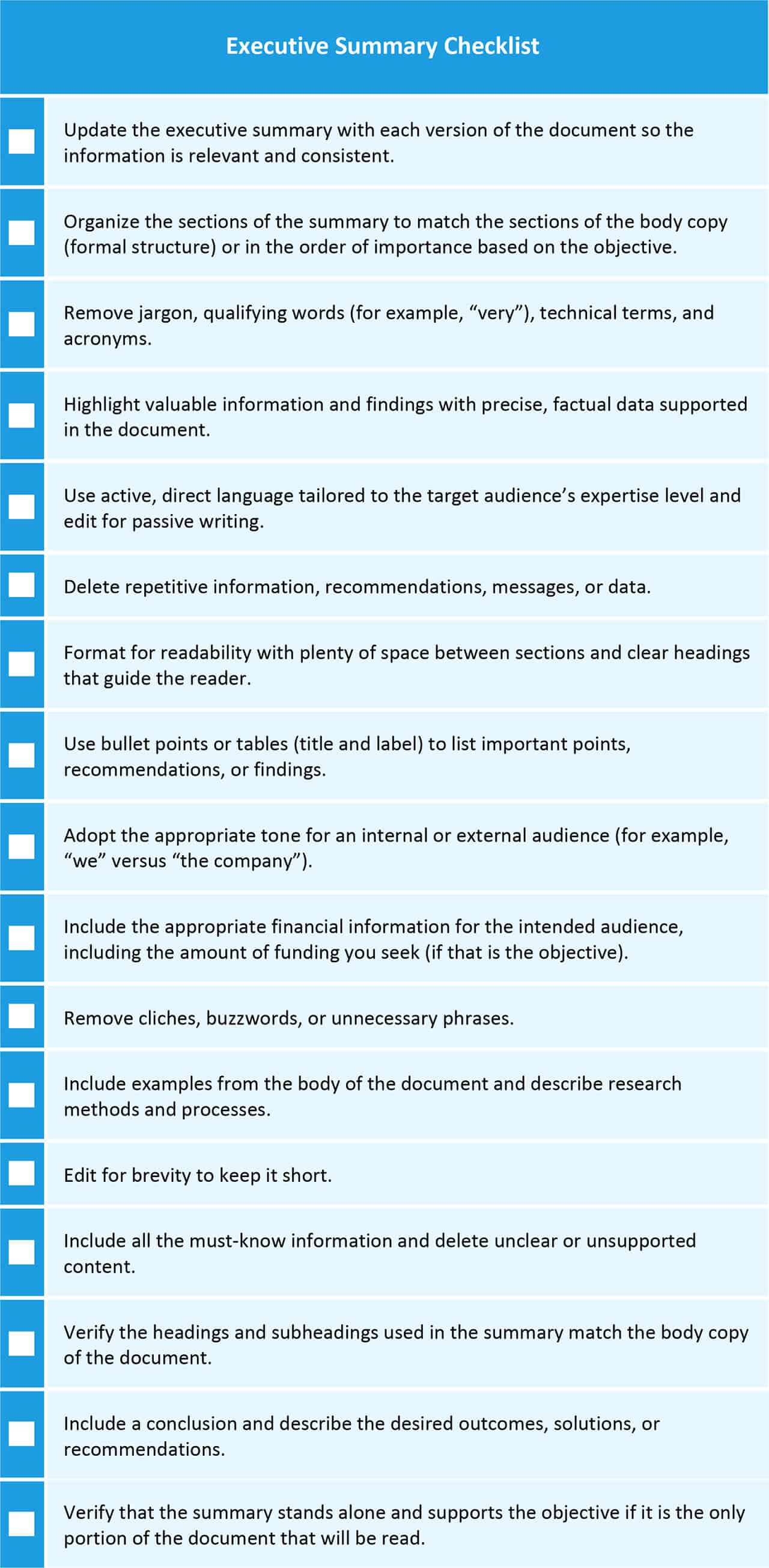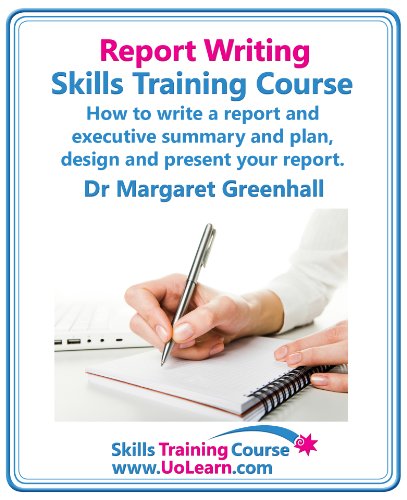Category: Communication
(48 von 100)
Why: I want to write a business report more effectively.
Goal: Learn a best practice of business writing.
Table of Contents
Action: Brain Write, Edit, and then Proof-read.
3 Key Concepts
- Dump your brain out onto paper.
- Evaluate the contact and decide what should go in.
- Decide how the information should be connected and structured.
Summary
How to brain write? What is brain writing?
Allow your mind to free-wheel and pour out on papers. The key is to write without censorship. This can be extremely hard for most people because we believe that editing later takes too much effort. Therefore, we want to write perfectly from the beginning.
That’s right! It is impossible to write perfectly from the first time. Even a professional writer won’t achieve that kind of standard.
Margaret suggested that we separate content and structure.
- Dump your brain out onto paper.
- Evaluate the contact and decide what should go in.
- Decide how the information should be connected and structured.
This book has some workflows that I had naturally adopted throughout the time I write a blog regularly. It also assures how we should approach business writing with a flowchart.
Below is the method I aim to adopt as I already am using a notecard system to organize my writing.
File Card Frenzy Method
Zero: Set a goal
Your mind needs to have objectives for reading. It helps you sort out what is important.
If there is one single break-through I came across during this reading project, it is this one. With a specific goal in mind, you will read quickly and with better retention.
First: Brain Writing
Once you are clear with the writing objective in mind.
- Take a pile of 10 file cards.
- Write one idea on one card. “Do not worry if you have to put it in report or not”
- After finish the first pile of 10 cards, pick up the next pile and repeat.
- Write until your mind is empty.
If your mind is empty too soon, or at the beginning, that means you have not acquired enough information, to begin with.
Go back and do your reading!
Second: Evaluation
Sleep on it. This gives your brain incubation time to process while you are doing other physical activity and sleep. Amazing!
The following day, read your notes and answer the following 8 questions to sort cards into 3 piles rating:
1. Green pile – 100% sure it has to be in a report.
2. Amber pile – Not sure.
3. Red pile – 100% not needed.
8 Questions to ensure objectives for reports
- Why is this report being written?
- Who is going to read the report?
- Who else will read it?
- Why do they need it?
- What do they know already?
- What do they need to know about the topic?
- What don’t they need to know?
- What are they going to use the information for?
Third: Grouping
List main categories according to the subject, and put cards into groups of categories.
To get the report into the right order, we must keep in mind what kind of report we are about to write.
- Information reports – collated information
- Research reports – you’ve collected data and someone has analyzed it.
- Proposal reports – information is presented so that a decision can be made be the reader.
In my business case, it is most likely a proposal. I need specific information in the form of a report to make a decision.
To sum up, Margaret wrote a concise book to guide us in writing business reports. It reinforces an objective in reading and writing.

Report guiding a decision
Goal check: I learned a best practice in the business writing routine.
Wasu’s Review
( 4.0 / 5.0 )
Get this book on Amazon here!
Bonus: Executive Summary Checklist
Credit: https://www.smartsheet.com/write-executive-summary-examples


